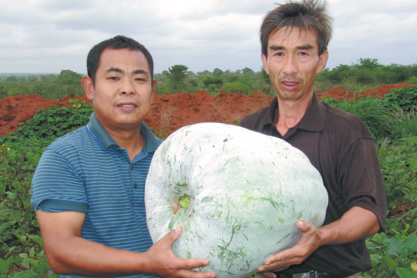Childcare subsidy to spur consumption

China's childcare subsidy, set at a standard 3,600 yuan ($501) per year for each child under the age of three, is expected to provide financial relief for families, potentially boosting household consumption, analysts said.
This people-centric approach to policymaking is likely to foreshadow further increases in public spending on areas that directly benefit households, such as housing and pension going forward, they added.
"The childcare subsidy marks the first time since the founding of New China that the government has provided nationwide, universal, and direct cash payments to the public as a form of social welfare support," said Guo Yanhong, deputy head of the National Health Commission.
The subsidy is available to all eligible children, regardless of whether they live in urban or rural areas, their ethnicity, region, or whether they are the first, second or third child in the family, Guo said.
"This represents a significant policy measure designed to bring tangible benefits to the people," Guo added.
Childcare subsidy applications will be gradually rolled out across the country later this month, with full access expected by Aug 31, according to the commission.
Based on the 3,600 yuan annual subsidy per child and an estimated 9 million births per year, the total payout could reach over 1 trillion yuan when accounting for children up to age 3, said Luo Zhiheng, chief economist at Yuekai Securities.
"As families use this additional money to purchase everything from baby formula to childcare services, it will generate substantial income for businesses and workers in those sectors," Luo said. "This creates a positive economic feedback loop."
"Given the scale of these subsidies, the boost to consumer demand is likely to be in the hundreds of billions of yuan. And when you factor in the downstream impacts on employment, production, and investment, the overall economic benefits could be substantially higher," he added.
According to the Ministry of Finance, the central government will establish the childcare subsidy fund, and for this year, about 90 billion yuan has been earmarked in the preliminary budget allocation.
Regarding the funding required for distributing basic national standard subsidies, the central government will provide matching funds to local governments on a pro rata basis, with the central treasury bearing approximately 90 percent of the total cost.
Huang Wenzheng, executive director of Beijing-based think tank Yuwa Population Research, said: "The 3,600 yuan benchmark is primarily determined by current fiscal capacity. Additionally, with the program still in its initial phase, investment will remain modest."
Analysts said the childcare subsidy program is a symbolic shift toward greater investment in people and their livelihoods, signaling broader policy changes to come.
"We've witnessed a strategic shift at the national level in recent years, gradually moving away from an investment model focused primarily on physical assets toward one that prioritizes human capital development," said Luo of Yuekai Securities.
"Given the demographic challenges China faces, such as population aging and declining birth rates, we can expect to see an even greater emphasis on pro-family policies and initiatives that bolster human capital formation," Luo added.
A State Council executive meeting on July 25 called for the gradual implementation of free preschool education.
Going forward, policymakers could deliver deeper social security reforms, such as easier access to public housing and healthcare for migrant workers, which will reduce people's precautionary saving habits and unleash huge consumption potential, said Robin Xing, chief China economist at Morgan Stanley.
"To deliver that, China needs to do huge fiscal transfer to the benefits system," Xing said. "It's probably the central government's turn to try to fill the gap by either channeling dividends from State-owned capital to the social security system, or gradually shifting China's policy focus from supporting infrastructure to spending more on social welfare."
wangkeju@chinadaily.com.cn





































